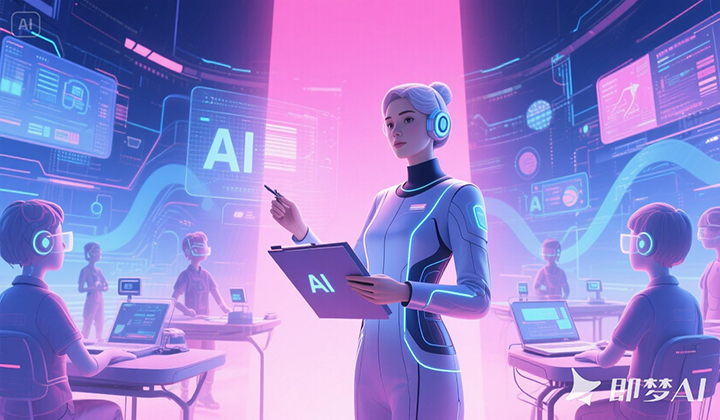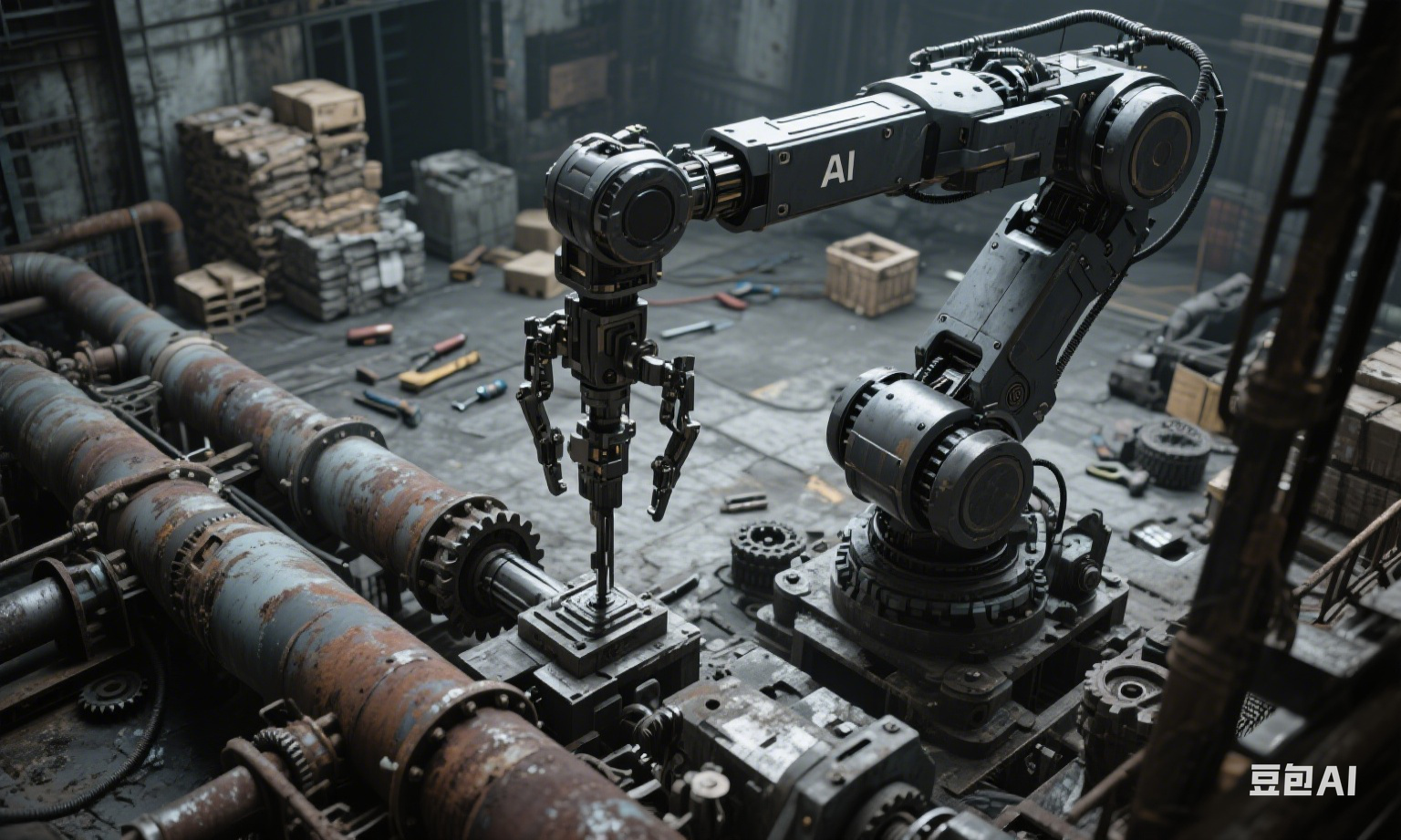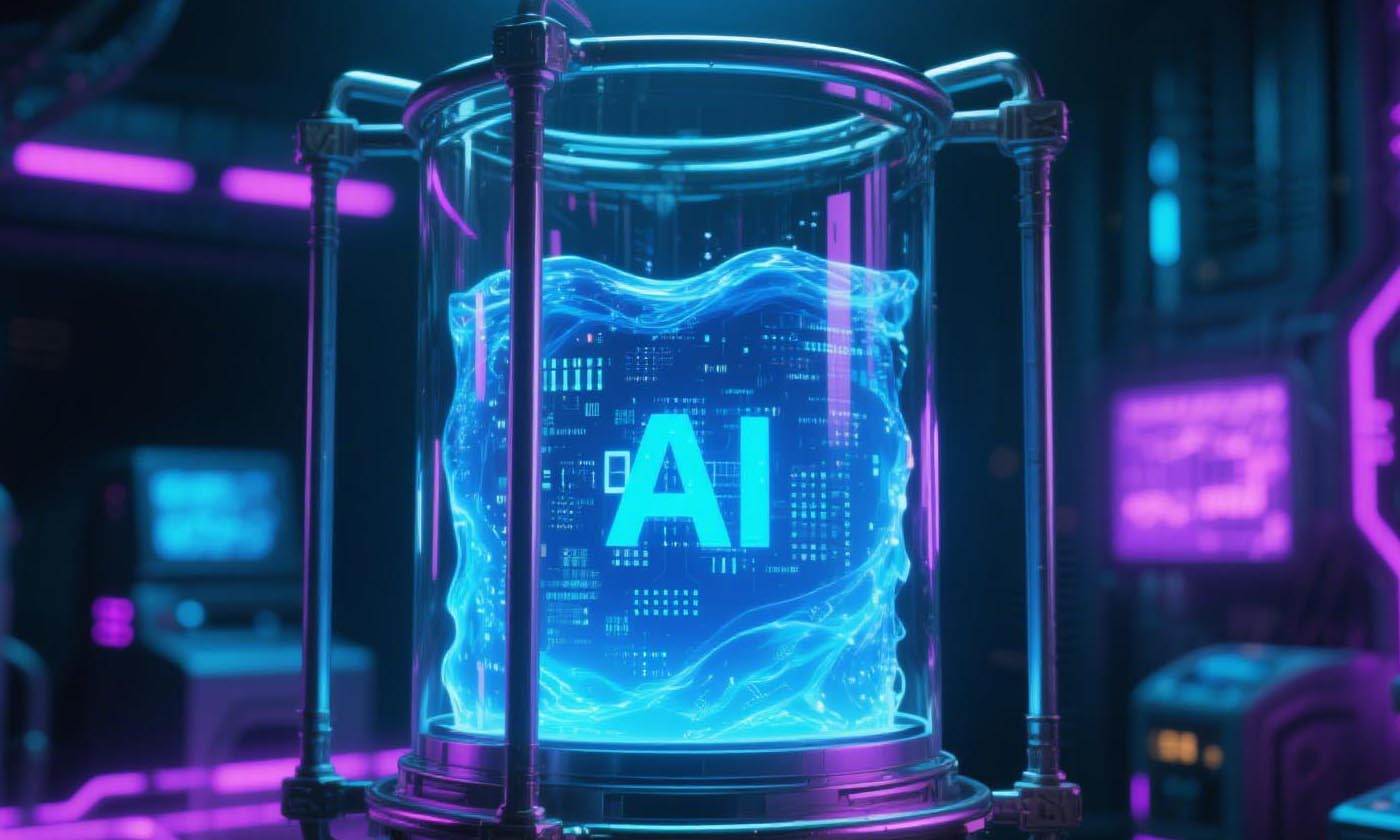AI + Education: Opening the Door to a New Era of Education
观棋 2025-05-26
In the era of rapid technological advancement, artificial intelligence (AI) is shining brightly, illuminating every corner of the education sector. From classroom teaching to personalized learning, educational management to lifelong learning support, the deep integration of AI and education is reshaping the landscape of education, injecting powerful technological momentum into its development, and opening the door to a brand-new educational era.
AI + Education: Opening the Door to a New Era of Education
In the era of rapid technological advancement, artificial intelligence (AI) is shining brightly, illuminating every corner of the education sector. From classroom teaching to personalized learning, educational management to lifelong learning support, the deep integration of AI and education is reshaping the landscape of education, injecting powerful technological momentum into its development, and opening the door to a brand-new educational era.
AI Enters the Classroom: Transforming Teaching Models
Traditional classrooms often adopt a "one-size-fits-all" teaching approach, struggling to accommodate each student’s learning pace and characteristics. However, the introduction of AI has brought revolutionary changes to classroom teaching. In some schools, "AI teaching assistants" have become teachers' trusted partners. These assistants can break down complex knowledge points into progressive "chains of questions." As students answer, the system automatically analyzes their weak areas in real time and precisely pushes targeted exercises. For example, in a high school math class on trigonometry, an AI teaching assistant can tailor subsequent learning paths based on students’ understanding and application of different trigonometric formulas, addressing their individual needs to enhance knowledge mastery.
Moreover, AI helps teachers improve their teaching capabilities. By collecting data on classroom teaching behaviors, AI transforms the entire teaching process into visual data presented to teachers. This allows teachers to clearly understand their strengths and weaknesses in teaching methods, pace control, and student interaction, enabling targeted improvements and steady enhancements in teaching quality.
Personalized Learning: The Realization of Teaching According to Aptitude
Every student is a unique individual with distinct learning styles, interests, and knowledge bases. AI technology makes true personalized learning possible. Today, many AI-based learning platforms have emerged, using advanced algorithms to create personalized learning plans for each student based on multi-dimensional data such as learning progress, quiz performance, and classroom participation.
For instance, in language learning apps, AI can adjust learning content and difficulty levels intelligently based on users’ vocabulary size, grammatical proficiency, and performance in listening, speaking, reading, and writing. Students with weaker foundations receive more basic vocabulary and simple grammar exercises, while advanced learners are offered challenging article readings and simulated oral communication tasks. This personalized learning model allows each student to learn at their optimal pace, significantly enhancing learning efficiency and motivation.
Intelligent Educational Management: Improving Efficiency and Quality
AI also plays a crucial role in educational management. Daily school management tasks—from student attendance and grade tracking to teacher evaluation and curriculum scheduling—are complex and time-consuming, requiring substantial human effort. The application of AI has automated and intelligentized many of these administrative tasks.
With AI, schools can quickly and accurately analyze student performance data, generating detailed individual learning reports as well as comprehensive assessments of class and grade-level academic trends to support teaching decisions. In curriculum scheduling, AI algorithms can optimize timetables by integrating factors such as teacher availability, classroom resources, and student course selection needs, avoiding conflicts and improving the utilization of teaching resources. Additionally, AI contributes to campus safety management by using intelligent monitoring systems to detect abnormal situations in real time, ensuring the safety of teachers and students.
Empowering Lifelong Learning: Education Anytime, Anywhere
As society evolves rapidly, lifelong learning has become essential for adapting to changing times. AI technology breaks through temporal and spatial constraints, providing opportunities for learning anytime, anywhere. Whether professionals seek to upgrade their skills during fragmented time or retirees aim to enrich their lives with new knowledge, AI offers personalized learning resources and guidance.
Online learning platforms leverage AI recommendation systems to precisely deliver suitable courses and materials based on users’ learning histories and interests. For example, a working professional looking to enhance data analysis skills might receive a curated sequence of courses—from introductory to advanced levels—through AI analysis of their past learning behaviors. These courses may include video lectures, case studies, and online practice, helping users upgrade their skills efficiently. Meanwhile, AI chatbots in virtual learning communities can promptly answer learners’ questions, offer study tips, and provide encouragement, fostering a supportive learning environment.
Challenges and Solutions: Ensuring Healthy Development of AI in Education
Despite its enormous potential, AI in education faces challenges. For instance, data security and privacy protection are critical. Educational data contains vast personal information about students and teachers, requiring strict measures to ensure its safety during collection, storage, transmission, and use, and preventing leaks or abuse. Additionally, over-reliance on AI by teachers may weaken their innovative teaching capabilities, while students might depend too heavily on AI tools for homework, hindering the development of their critical thinking.
To address these challenges, multiple measures are needed. On one hand, strengthening laws and regulations to clarify data usage norms and boundaries, and imposing severe penalties for data security violations, can safeguard educational data. On the other hand, investing in teacher training to enhance their ability to design and implement teaching strategies in AI environments will help teachers use AI as a supplementary tool rather than a substitute. For students, guidance is essential to cultivate proper awareness and skills in using AI tools, emphasizing that AI is an auxiliary rather than a replacement for independent thinking.
The integration of AI and education brings unprecedented opportunities and transformations. It makes teaching more efficient, learning more personalized, educational management more intelligent, and lifelong learning more accessible. While challenges exist, proactive measures to leverage AI’s strengths can ensure it serves education effectively, nurturing more innovative talents adaptable to future societal needs and driving education to new heights—the true dawn of a new educational era.












